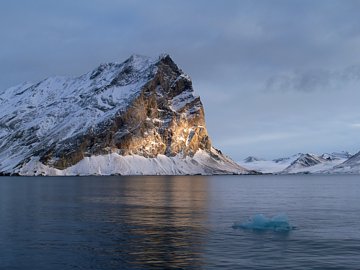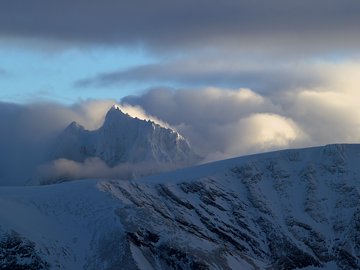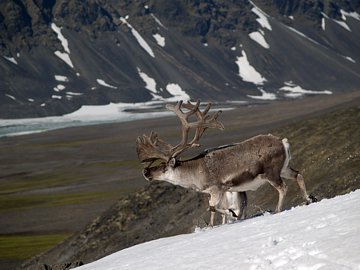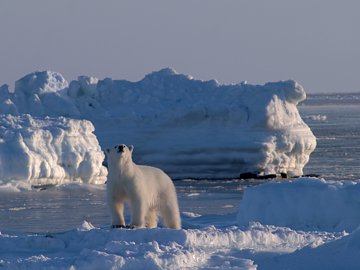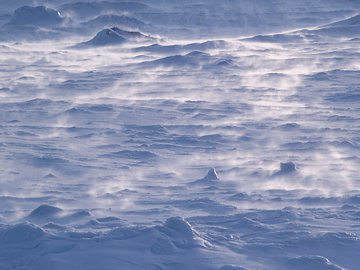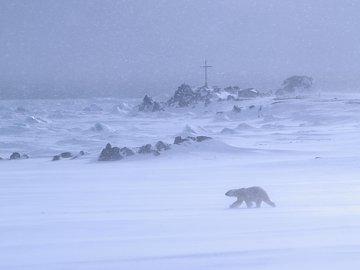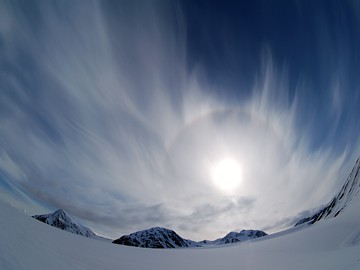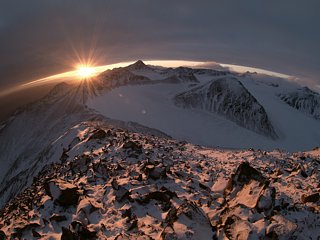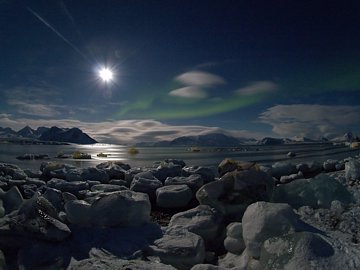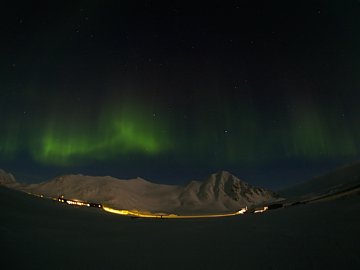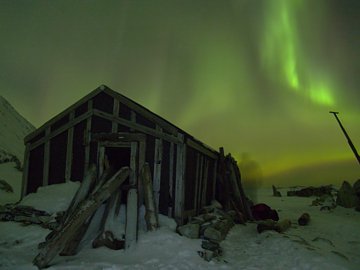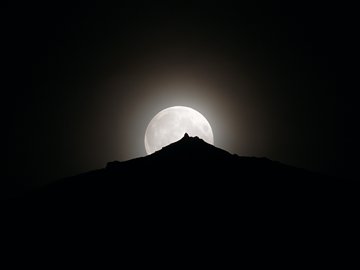Meet Witek Kaszkin (pronounced V-teck Cash-kin) from Poland: an electronics engineer by education, a meteorologist, a mountain guide, and a ski instructor; for the last few years also an amateur photographer. As he says, he is never bored.
We first met on the Internet back in 2005; Witek was preparing for a year-long stay at the island of Spitsbergen in the Arctic Ocean, a part of the Svalbard Archipelago, way north of Norway. He was going to work as a meteorologist at the Polish Polar Station there. He needed some advice on photographic equipment to take along and that's how we've got acquainted.
(All photographs in this article are copyright ©2005-2007 by Witek Kaszkin, Feel free to use them — but for personal enjoyment only.)
Clicking on any thumbnail will bring an XGA version of the image.
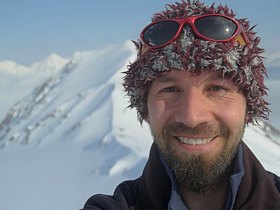
Now Witek is back, with some stunning photographs brought from his tour of duty, and I'm taking this opportunity to present him and some of his images to the visitors of this site.
I decided to do this as an interview, with questions, answers, and clarifications, if needed, exchanged via email. The translation into English in mine, so I bear all responsibility for any glitches.
Witek has his own gallery with about 150 pictures from Spitsbergen, but for this article we decided to use just twelve: six selected by him, and six by myself. I did the postprocessing starting from the original raw files, just to get the feel of the images. (The end result may be not always what Witek would like to see.)
Enough introductions, here is Mr. Witek Kaszkin and his pictures.
